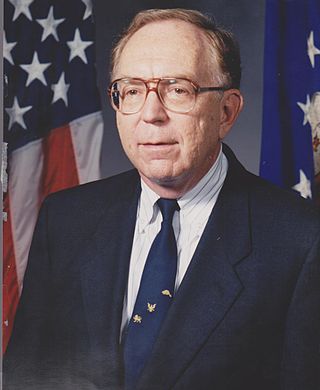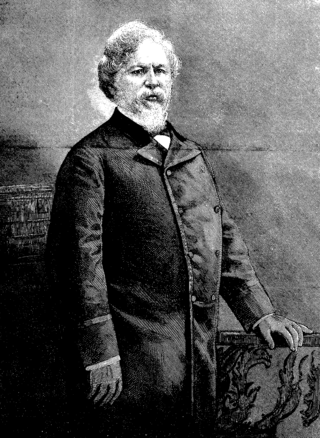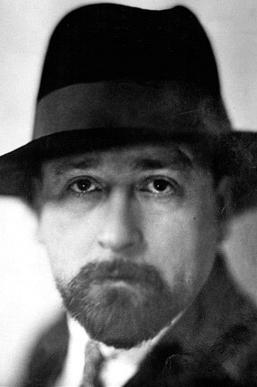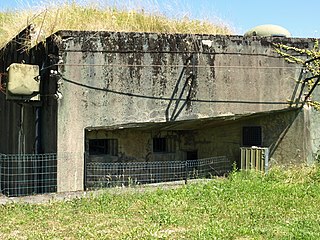
Edward Albert Feigenbaum is a computer scientist working in the field of artificial intelligence, and joint winner of the 1994 ACM Turing Award. He is often called the "father of expert systems."

Frank Leslie was an English-born American engraver, illustrator, and publisher of family periodicals.
Synthetic intelligence (SI) is an alternative/opposite term for artificial intelligence emphasizing that the intelligence of machines need not be an imitation or in any way artificial; it can be a genuine form of intelligence. John Haugeland proposes an analogy with simulated diamonds and synthetic diamonds—only the synthetic diamond is truly a diamond. Synthetic means that which is produced by synthesis, combining parts to form a whole; colloquially, a human-made version of that which has arisen naturally. A "synthetic intelligence" would therefore be or appear human-made, but not a simulation.

Albert Londres was a French journalist and writer. One of the inventors of investigative journalism, Londres not only reported news but created it, and reported it from a personal perspective. He criticized abuses of colonialism such as forced labour. Albert Londres gave his name to a journalism prize, the Prix Albert-Londres, for Francophone journalists.
Ouvrage Coucou is a lesser work of the Maginot Line, located in the Fortified Sector of Boulay. The ouvrage consists of two infantry blocks, and is located between the gros ouvrages of Hackenberg and Mont des Welches, facing Germany, just north of Kemplich.

Ouvrage Hobling is a lesser work of the Maginot Line. Located in the Fortified Sector of Boulay, the ouvrage consists of two infantry blocks and two observation blocks, and is located between gros ouvrage Michelsberg and petit ouvrage Bousse, facing Germany. It has been stripped of metals and abandoned.
Ouvrage Bovenberg is a lesser work of the Maginot Line. Located in the Fortified Sector of Boulay, the ouvrage is located between petits ouvrages Berenbach and Denting, facing Germany. It consists of two infantry blocks and two artillery blocks.
Ouvrage Denting is a lesser work of the Maginot Line. Part of the Fortified Sector of Boulay, the ouvrage consists of three infantry blocks, and is located between petits ouvrages Bovenberg and Village Coume, near the village of Denting in Moselle département, facing Germany. The position saw little action in World War II.
Ouvrage Village Coume is a lesser work of the Maginot Line. Located in the Fortified Sector of Boulay, the ouvrage consists of three infantry blocks, and is located between petits ouvrages Bovenberg and Coume Annexe Nord, facing Germany. The position saw little action in World War II. It was sold in the 1970s and stripped by salvagers.
Ouvrage Coume Annexe Nord is a lesser work of the Maginot Line. Located in the Fortified Sector of Boulay, the ouvrage consists of one infantry block, and is located between petits ouvrages Village Coume and Coume, facing Germany.
Ouvrage Coume is a lesser work of the Maginot Line. Located in the Fortified Sector of Boulay, the ouvrage consists of two infantry blocks, and was located between petits ouvrages Coume Annexe Nord and Coume Annexe Sud, facing Germany.

Ouvrage Coume Annexe Sud is a lesser work of the Maginot Line. Located in the Fortified Sector of Boulay, the ouvrage consists of two infantry blocks, one artillery block and one observation block, and is located between petits ouvrages Coume and Mottemberg, facing Germany.
Ouvrage Mottenberg is a lesser work of the Maginot Line. Part of the Fortified Sector of Boulay, the ouvrage consists of one entrance block and two infantry blocks, and is located between petits ouvrages Coume Annexe Sud and Kerfent, facing Germany.

Ouvrage Sentzich is part of the Fortified Sector of Thionville of the Maginot Line. The petit ouvrage for infantry is located to the south of gros ouvrage Galgenberg, on the edge of the main road to Luxembourg near the village of Sentzich. Gros ouvrage Métrich is to the east. As a small work, it was not considered for use after World War II and was abandoned. It is secured, but is not open to the public.

Ouvrage Oberheid, also called Ouvrage Oberheide, forms a portion of the Fortified Sector of Thionville of the Maginot Line in northeast France. The petit ouvrage d'infanterie is located on a salient point of the Cattenom Forest between the gros ouvrages Kobenbusch and Galgenberg, which provided covering fire during June 1940, when Oberheid faced daily bombardments and infiltrations. Oberheid has been abandoned and after extensive vandalism has been sealed.

Ouvrage La Salmagne is a petit ouvrage of the Maginot Line, built as part of the "New Fronts" program to address shortcomings in the Line's coverage of the border with Belgium. Like the other three ouvrages near Maubeuge, it is built on an old Séré de Rivières system fortification, near the town of Bersillies. The Ouvrage Bersillies is nearby to the northwest. La Salmagne has been preserved and is open to the public.
Ouvrage Bersillies is a petit ouvrage of the Maginot Line, built as part of the "New Fronts" program to address shortcomings in the Line's coverage of the border with Belgium. Like the other three ouvrages near Maubeuge, it is built on an old Séré de Rivières-system fortification, near the town of Bersillies. The preserved Ouvrage La Salmagne is nearby to the southeast. Bersillies is not open to the public.

Jean-Marc Rochette is a French painter, illustrator and comics creator.

Ouvrage Thonnelle is a petit ouvrage of the Maginot Line, located in the Fortified Sector of Montmédy between the towns of Thonnelle and Verneuil-Petit, facing Belgium. It possesses four combat blocks. It is located between gros ouvrages Vélosnes and Chesnois. The position was sabotaged and abandoned by French forces that were ordered to retreat from the exposed position in June 1940 during the Battle of France. The ouvrage is abandoned.
Raffaele Licinio was an Italian historian, who, throughout his career, carried out extensive research into the medieval period in Southern Italy. He also taught medieval history at the University of Bari.










